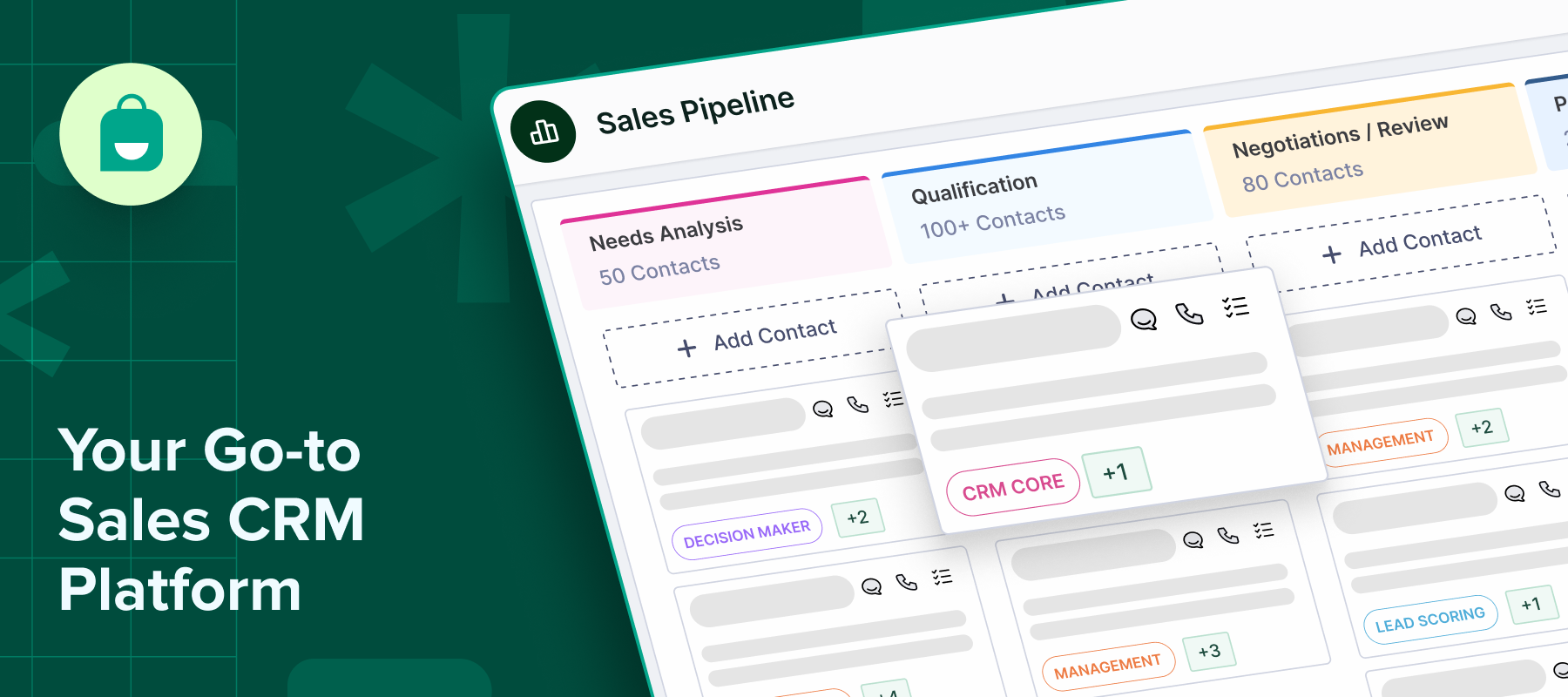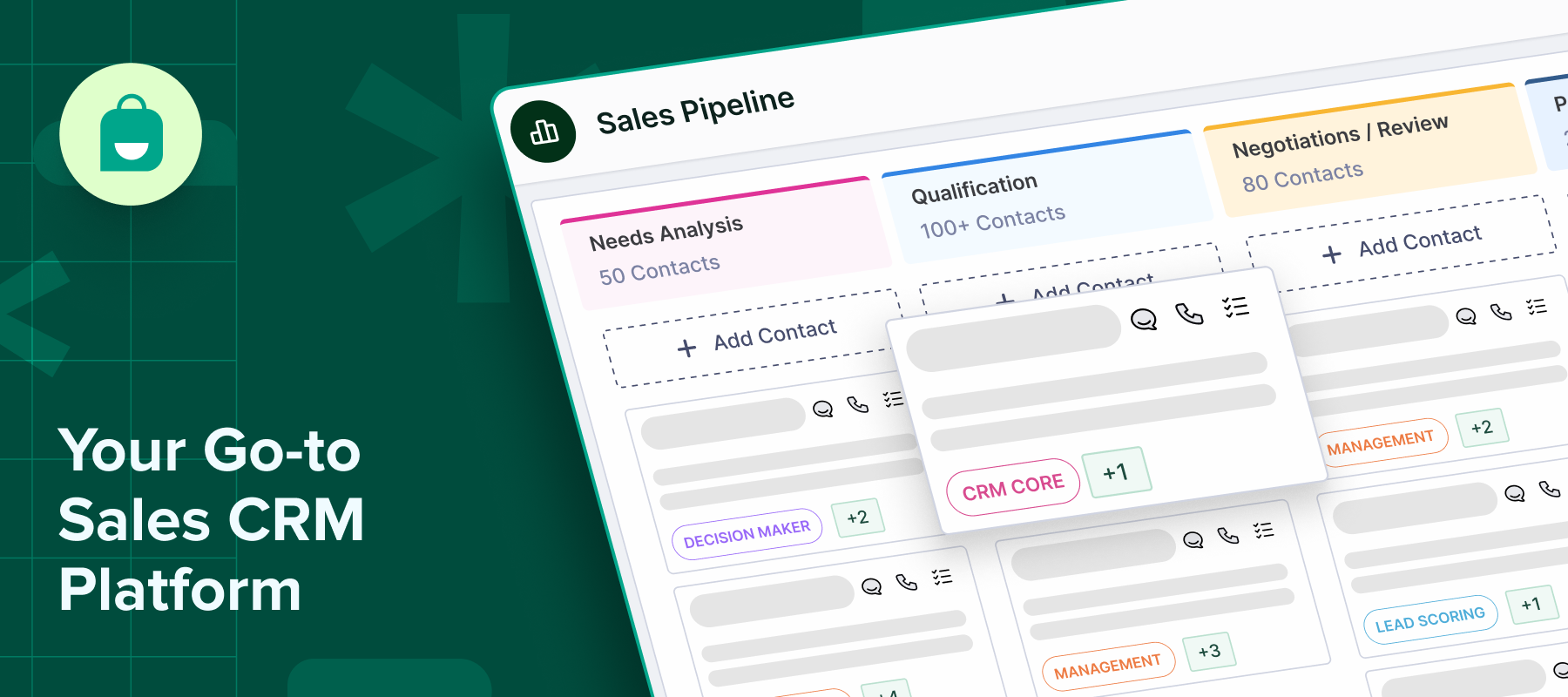Choosing the right CRM can feel like a tug of war, especially when you’re weighing free tools against paid versions. On the surface, both promise to help manage leads, track conversations, and boost productivity.
But dig deeper, and the differences begin to show.
Free sales CRMs often come with just enough features to get started. They work well for small teams, tight budgets, or those just stepping into customer relationship management. However, as sales processes become more complex, limitations around customization, integrations, and automation can start to pinch.
On the other hand, paid versions typically offer more depth, advanced analytics, scalable workflows, dedicated support, and better control over data. But that comes at a cost.
So, is paying worth it? Or can a free tool do the job just fine?
Understanding the “Free” in Free Sales CRM
The “free” in free sales CRM typically refers to a no-cost version of a customer relationship management tool that offers a limited set of features. These versions are designed to help small teams or early-stage businesses manage contacts, track leads, and organize basic sales activities without any upfront investment.
Core Features: What You Get with Free Sales CRMs
Here’s what you get with free Sales CRMs:
-Contact and account management: Store and manage customer details like names, emails, and phone numbers. Some tools like Interakt make this easier by auto-syncing contacts directly from WhatsApp.
-Simple sales pipeline visualization: You get a visual pipeline to organize deals by stage, helping you keep track of where each deal stands.
-Basic lead tracking: You’re able to track incoming leads, update their status, and assign them to team members for follow-up. Interakt improves this by automatically assigning leads from WhatsApp chats, eliminating manual steps.
-Limited task management: You can create basic tasks or reminders linked to leads or deals to manage your daily sales follow-ups.
-Fundamental communication tools: Most free CRMs support basic email logging or simple contact methods. Interakt stands out by offering built-in WhatsApp and Instagram messaging.
-Basic reporting and analytics: You’ll get access to simple reports that show lead count, deal status, and basic team activity metrics.
Advanced Capabilities: The Advantages of Paid Sales CRMs
Here’s what you get in a paid Sales CRM:
1. Comprehensive automation and workflows
Handle lead routing, follow-ups, task creation, and reminders automatically, saving hours each week. With Interakt, you also get WhatsApp automation that engages leads the moment they inquire.
2. In-depth customization and flexibility
Paid versions allow you to customize pipelines, fields, permissions, and rules, ensuring the tool aligns with your sales process.
3.Robust integrations with third-party apps
Integration with tools like Google Sheets, forms, calendars, and payment systems. Interakt supports plug-and-play integrations with the tools you use, keeping everything connected.
4.Enhanced security and compliance
Paid CRMs provide secure data handling, user access controls, and compliance support, making them reliable for sensitive or regulated industries.
5. Dedicated customer support and training
Get priority support, guided onboarding, and resources to help your team adopt the CRM faster and use it better.
6. Advanced reporting and analytics
Access in-depth reports on sales performance, response times, and deal progress. Interakt’s real-time analytics make it easy to identify what’s working and where to improve.
7. Forecasting and AI-powered insights
Accurate forecasts and AI-driven deal insights to help reps prioritize better and hit targets with more confidence.
8. Marketing and service automation
Launch targeted campaigns, set up re-engagement flows, and trigger service actions without lifting a finger. Interakt lets you do all this through WhatsApp, with zero manual effort.
Scalability and User Limits: A Key Differentiator
Free CRMs often come with limitations on users and contact storage, which can quickly hinder team collaboration and restrict growth. As your business scales, these caps become a roadblock, both in terms of access and performance.
Paid CRMs remove these constraints and unlock advanced features designed for larger teams, including custom workflows, faster response times, and tools that support high-volume sales operations. Simply put, scaling smoothly requires a platform that grows with you, and that’s where paid solutions stand apart.
Data Security and Privacy: Free vs. Paid Perspectives
Free CRMs typically offer only basic security, often missing key compliance standards like GDPR or HIPAA, leaving sensitive customer data exposed.
In contrast, paid CRMs are built with enterprise-grade security features, including encryption, role-based access controls, and detailed audit trails. They also come with service-level agreements (SLAs), offering greater reliability, accountability, and risk mitigation, critical for businesses that take data privacy seriously.
Support, Training, and Community Resources
Free CRM users are often limited to self-serve help centers or community forums, which can slow down troubleshooting and onboarding.
Paid plans, however, come with access to priority support, guided implementation, and live training, making it easier for teams to get up to speed. Many also offer premium learning content, certifications, and ongoing resources that help teams adopt the platform faster and use it more effectively.
The Total Cost of Ownership: Beyond the Price Tag
A free CRM might seem like a win at first, but the hidden costs add up fast. Think manual work, patchy integrations, and limitations that slow your team down. You end up spending more time figuring out workarounds than actually closing deals.
On the other side, a paid CRM streamlines the entire process. With automation and built-in integrations, your team works faster, smarter, and with fewer distractions. And while it may cost more upfront, the long-term return, through efficiency, scalability, and better outcomes, makes it a smarter investment as your business grows.
Making the Right Choice: When to Opt for Free vs. Paid
Here’s when a free CRM makes sense, and when it’s time to invest in a paid one, based on your business needs:
1. Business size and growth stage
If you’re a startup or running a small team with basic needs, a free CRM can be a good starting point. However, once your business starts growing, paid CRMs become essential for handling more users, data, and workflows without hitting limits.
2. Sales process complexity
For simple sales tracking, free tools often do the job. But if your process involves custom stages, multiple team members, or automation, a paid CRM gives you the structure and flexibility to manage it efficiently.
3. Budget vs. strategic needs
Free CRMs are great when budgets are tight. But if your goal is to scale faster, improve performance, and streamline operations, investing in a paid CRM delivers higher ROI and long-term benefits.
Conclusion
A free CRM is a great way to get started, but only if it gives you room to grow. Look for a tool that covers the basics now and lets you seamlessly upgrade when your team, pipeline, or process demands more.
Interakt is built with that journey in mind. Start for free, manage sales directly on WhatsApp, and scale up when you’re ready.


